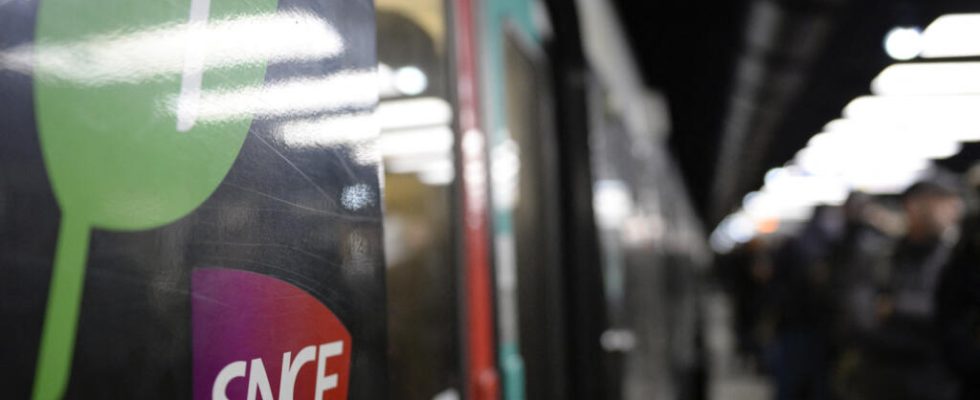Almost a year and a half before the opening ceremony of the 2024 Olympic Games in Paris, the organizers presented their “ mobility plan “.
More than 7 million spectators are expected in the middle of the summer, and a requirement of the International Olympic Committee (IOC): each site must be accessible by public transport. Putting the transport sector in order of battle for these Olympics represents a major challenge. For some competitions, attendance peaks of 1,000 people per minute are expected, for example.
To achieve such speeds, the main solution will therefore consist in increasing the frequency of passage of trains and metros by 15% on the lines serving the stadiums. Simple on paper, there will still be a pitfall to overcome, that of the staff. RATP and SNCF, transport operators in Île-de-France are already struggling to recruit and there are many questions as the Games will take place in the summer period. That said, this period could prove to be a blessing in disguise, since the organizers are counting on the departure on vacation of a certain number of the inhabitants of the region to relieve the transport network.
Another uncertainty regularly highlighted: the reliability of the lines. The RER B, which crosses the region on a North-South axis and serves four sites as well as the media village, is thus particularly observed. This line, which is one of the busiest in Europe, is often the victim of repeated incidents. Itineraries “ bis » will thus be put in place to relieve it, even if it means extending the travel time. The organizers have therefore called on Google and Citymapper to ensure that their mapping services highlight the most reliable routes, even if they are not necessarily the fastest. Another featured option: the bike. Paris 2024 is indeed committed to making the competition accessible by pedaling. If the capital has already done a good part of the work by setting up secure routes, this is less the case in the suburbs for the moment.
The problem of accessibility for people with disabilities
In addition to the cycle paths, another development is intended to remain permanent after the extinction of the Olympic flame. The ring road, a major road that encircles Paris, will have one of its lines reserved for athletes and accredited people to avoid traffic jams. Eventually, it will be dedicated to carpooling and public transport, in order to reduce CO2 emissions.
Unfortunately, the accessibility of Parisian transport to people with disabilities will not benefit from a “ Olympics effect “. Among the worst in this regard, the Ile-de-France network will not benefit from a makeover on this occasion, in part, because the age of the infrastructure and the metro stations complicates the deal. For the games and in particular the Paralympic Games, dedicated transport and shuttles will be set up for people with reduced mobility.
►Also read: Interview – Paris 2024 Olympic Games, D-500: “The sites will be well delivered by the end of the year”
(And with AFP)
